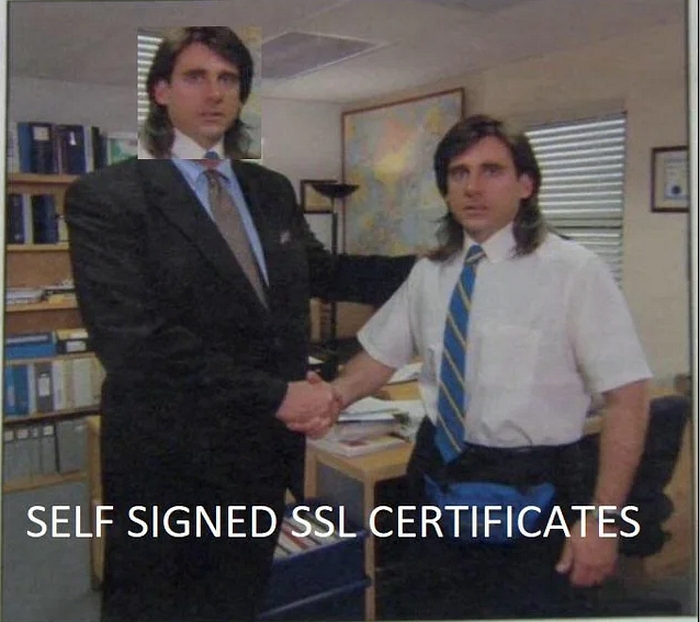Understanding Digital Certificates : Self-Signed and CA-Signed Certificate **
extra knowledge
Digital certificates play a crucial role in securing online communications by verifying the identity of entities and encrypting data transmission. These certificates are issued by trusted Certificate Authorities (CAs) and are used in various security protocols, such as SSL/TLS. In this post, we’ll explore what digital certificates are, the concept of self-signed certificates, and how to create them using OpenSSL.
What is a Digital Certificate?
A digital certificate is an electronic document used to prove the ownership of a public key. It includes information about the key, its owner’s identity, and the digital signature of an entity that has verified the certificate’s contents. Certificates are part of the public key infrastructure (PKI) and are used to establish secure connections over the internet, ensuring that data transmitted between parties is encrypted and secure.
What is a Self-Signed Certificate?
A self-signed certificate is a certificate that is signed by the same entity whose identity it certifies. Unlike certificates issued by a CA, self-signed certificates are not inherently trusted by other systems and require manual configuration to be trusted. They are often used in development and testing environments where setting up a CA is not necessary. “Self-signed” means that the public key embedded in the certificate validates the signature on the certificate.

What is a CA-Signed Certificate?
A CA-signed certificate is a digital certificate issued by a Certificate Authority (CA) that verifies the identity of the certificate holder. It ensures that the certificate holder is trusted and authentic.

Last updated